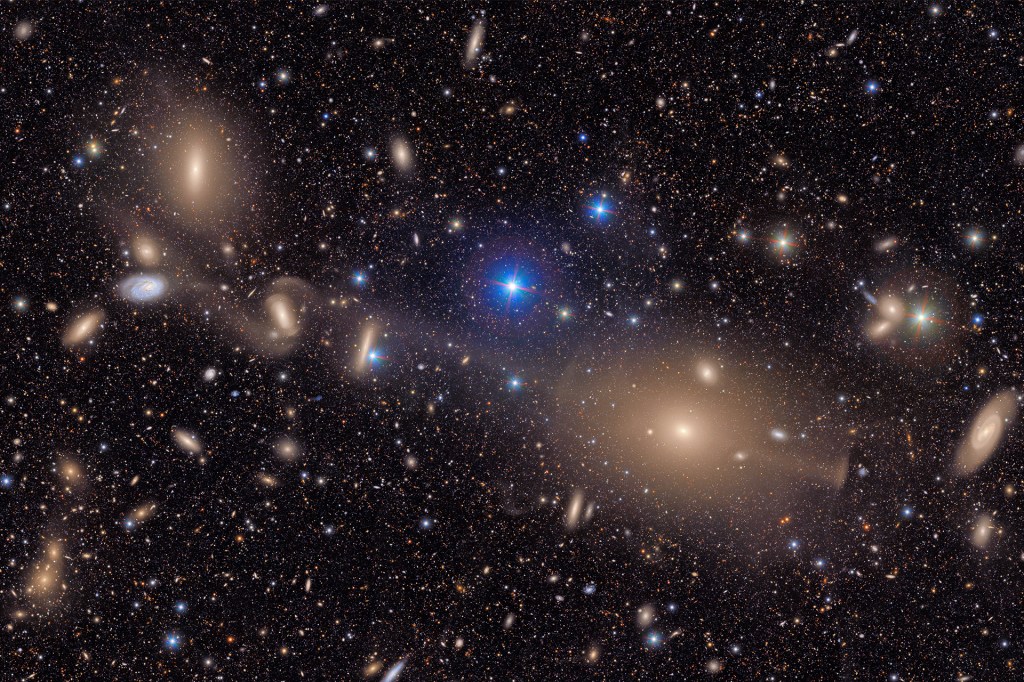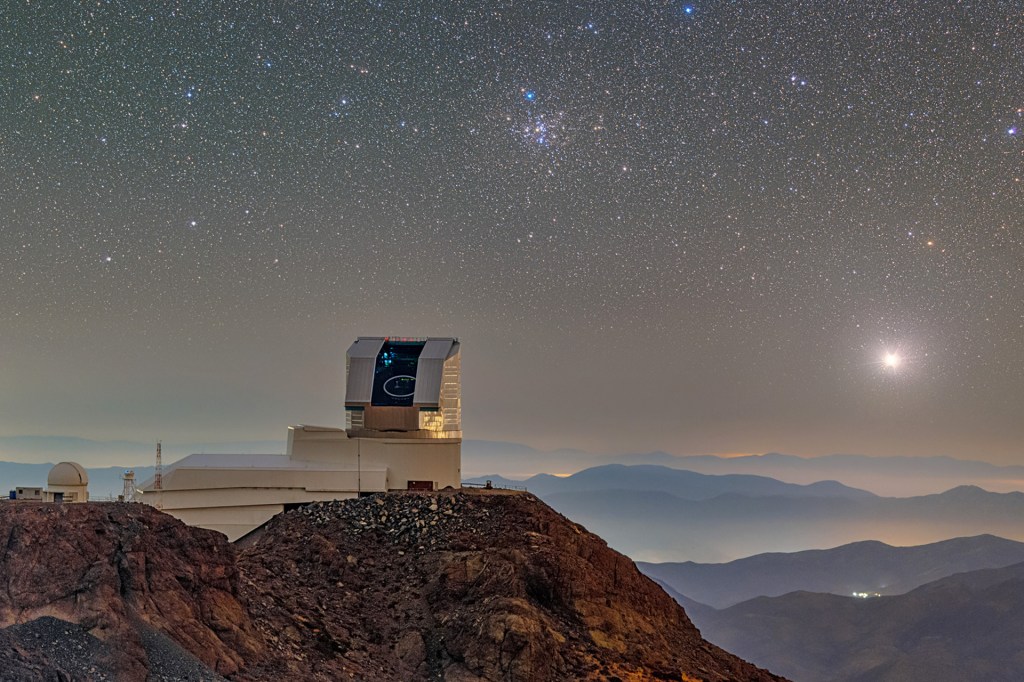
Astronomers have a new way to study space. It is the world’s largest digital camera. It is called the Legacy Survey of Space and Time (LSST) camera. It is part of the Vera C. Rubin Observatory. The observatory sits atop a mountain in Chile.
On June 23, the observatory team released some of the camera’s first pictures. They revealed stars and asteroids. Some had never been seen before.
The LSST camera is about the size of a car. It can take 1,000 pictures every 24 hours.

The LSST camera snaps photos of the sky from a mountaintop.
P. HORÁLEK(INSTITUTE OF PHYSICS IN OPAVA)—RUBIN OBS/NOIRLAB/SLAC/NSF/DOE/AURA
The camera took 10 years to build. Margaux Lopez worked on it. She is an engineer. She told TIME for Kids, “In the first year, we are going to take more data than every telescope” in history, combined.












